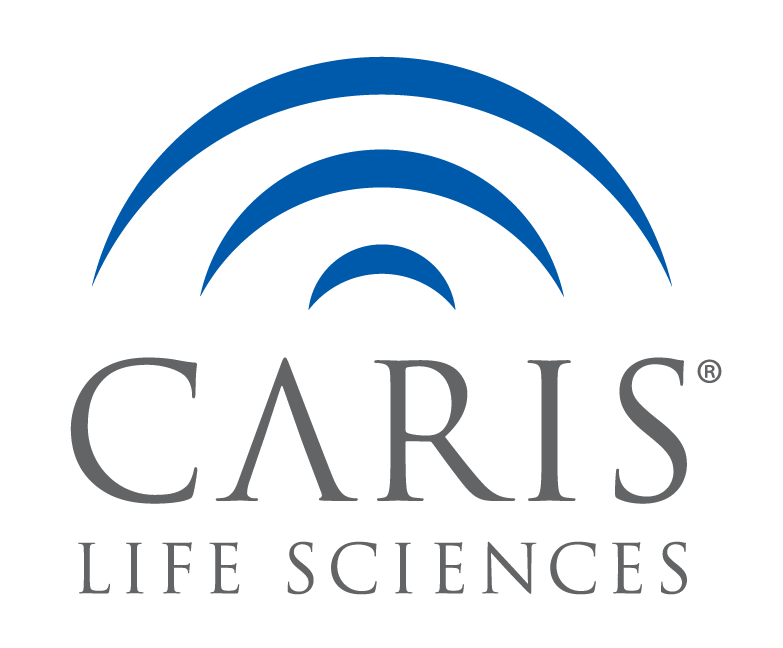Background
Signet-ring-cell carcinoma (SRCC) is a rare variant of adenocarcinoma, accounting for about 10% of gastric cancer (GC) and 1% of colorectal cancer
(CRC). Despite a decrease in the overall incidence of GC in recent decades, the incidence of SRCC is constantly increasing, in Asia, United States and Europe [1].
Generally, SRCC is associated with female gender and young age of onset compared to non-SRCC [2]. In advanced GC, SRCCs is also associated with poor differentiation, diffuse type, distal location. More importantly, SRCCs display worse prognosis than non-SRCC counterparts [3].
Accordingly, CRC-SRCC has been shown to be associated with advanced tumor stage at presentation and worse outcomes [4]. Recently, it has been observed that 50% or less of signet-ring cell component is associated with higher mortality, independent of other clinicopathologic and molecular features (microsatellite instability, CpG island methylator phenotype, LINE-1 methylation, and KRAS, BRAF, and PIK3CA mutations) [5].
However, the molecular characteristics underlying the biology of these tumors have not been elucidated yet [6].
Herein, we aimed to comprehensively characterize the molecular features of SRCCs. Furthermore, we compared SRCCs tumors arising GC vs CRC to evaluate whether SRCC histology harbor molecular similarities, regardless of tumor location. Finally, we investigated whether SRCCs harbor different molecular characteristic compared with non-SRCC counterparts.
Methods
- Tumors submitted to Caris Life Sciences (Phoenix, AZ) for routine molecular profiling between January 2013 and January 2018 were reviewed from a deidentified database. Cases were reviewed based on available pathological notation for presence of signet ring histology. Cases with noted histologies other than signet ring carcinoma were denoted separately.
- NGS was performed on genomic DNA isolated from FFPE tumor samples using the NextSeq (592-genes)/MiSeq platform (44-gene) (Illumina, Inc., San Diego, CA). All variants were detected with greater than 99% confidence based on allele frequency and amplicon coverage, with an average sequencing depth of coverage greater than 500 and an analytic sensitivity of 5%.
- Microsatellite instability (MSI) was examined by counting number of microsatellite loci that were altered by somatic insertion or deletion counted for each sample. The threshold to determine MSI by NGS was determined to be 46 or more loci with insertions or deletions to generate a sensitivity of > 95% and specificity of > 99%.
- Tumor mutational burden (TMB) was estimated from 592 genes (1.4 megabases [MB] sequenced per tumor) by counting all non-synonymous missense mutations
found per tumor that had not been previously described as germline alterations. - IHC was performed on FFPE sections of glass slides. PD-L1 testing was performed using the SP142 (Ventana, Tucson, AZ) or 22c3 (DAKO, Santa Clara, CA) anti-PDL1 clone. Frequency results for MLH1, PMS2, MSH2, and MSH6 are reported as percent with loss of protein expression, all other are percent with positive staining.
- Chi-square and t-tests were used for comparative analyses using R (version 3.5.0).
Conclusions
Our research is the first to comprehensively characterize the molecular features of SRCC from gastric and colorectal tumors. Our data suggest that SRCCs harbor similar molecular profile, regardless the tumor location. On the other hand, significant differences were observed between SRCCs and non-SRCC both within GC and CRC. Therefore, histology-driven tailored therapy should be provided to these patients. Further studies are warranted to elucidate molecular mechanisms accounting for the aggressive behavior of SRCCs.

